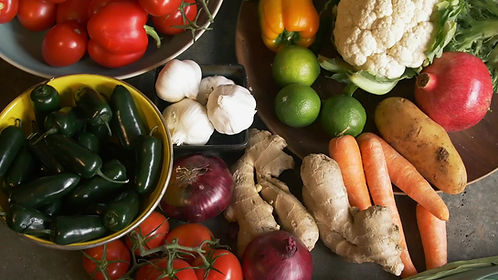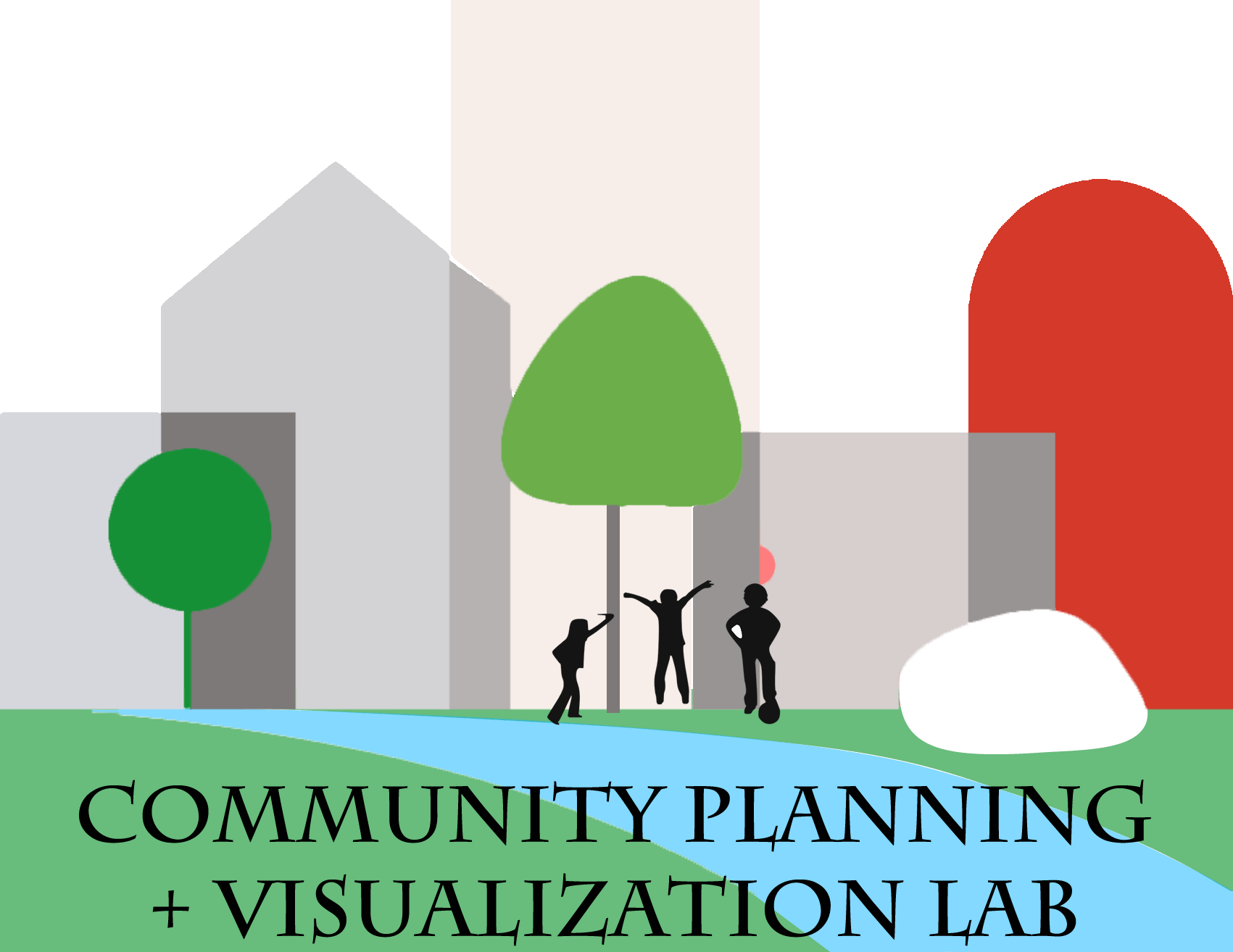
Undergraduate Planning Studio @ Rowan University | 2021

Cultivating Food Equity
in Glassboro, NJ




Undergraduate students from the Planning Studio, offered by Rowan University's Community and Environmental Planning program, have drafted a vision plan to achieve food equity in the Borough of Glassboro, NJ. The studio collaborated with Glassboro Food and Health Equity Project, Community Planning + Visualization Lab, and Bullock Garden Project, Inc. The final report was submitted to the Glassboro Health Equity Coalition and Glassboro Board of Health. This webpage provides an introduction to the project, the team, and major findings and recommendations.





Faculty Member
Mahbubur Meenar, PhD
Geography, Planning, & Sustainability
School of Earth & Environment

T H E P R O C E S S
Understanding concepts
Food equity, health equity, community food access, local food system, community food projects, programs, and policies.
Collecting & analyzing data
Socio-demographic data, local food environment, existing food resources and projects, land use, zoning and other regulations.
Capturing community voices
Two online surveys (48 and 24 responses), interviews with 21 local stakeholders, two focus groups with 20 participants.
Drafting recommendations
Recommendations for potential food-related projects, programs, and policy changes, along with the visualization of sample projects.




Concepts
Food and Health Equity
Food equity is a broad concept that all people have the geographic, economic, and informational access and opportunity to grow and consume healthy, affordable, and culturally appropriate food. If the world had complete food equity, barriers such as food deserts, food swamps, and means to purchase food would not exist. Food equity can be tied to the expansive concept of health equity. Having complete health equity would mean that everyone has equal access to physical and mental health services, medications, and healthy foods that do not lead to certain physical ailments. However, factors such as poverty, systematic racism, and access to physical and mental health services do not allow for true health equity. We believe that addressing food/health equity is a racial justice issue because racial minorities generally may face more inequitable access to healthy food or health services.
Local and Regional Food Systems
Local and regional food systems, sometimes referred to as community food systems, refer to place-specific clusters or collaborative networks of agricultural producers (e.g., farmers, ranchers, fishers), consumers, and institutions engaged in sustainable food production, processing, distribution, consumption, and waste management in order to enhance the environmental, economic, and social health of a particular city, region, or foodshed. "In an equitable food system, all community members are able to grow, procure, barter, trade, sell, dispose and understand the sources of food in a manner that prioritizes culture, equitable access to land, fair and equitable prices and wages, human health, and ecological sustainability." (Cultivating Food Equity)
In order to achieve food equity in a community, the local or regional food system has to be democratically controlled so that community stakeholders can determine the policies that influence their food system.
The final report offers an extension of these concepts, along with descriptions and examples of other relevant concepts and topics.

Data

Sample draft maps
The Project Team analyzed spatial and non-spatial data using GIS and other software. The Team collected data from various sources (e.g., U.S. Census, Policy Map, City Health Dash Board, Delaware Valley Regional Planning Commission, New Jersey Geographic Information Network, NJ Map, Borough of Glassboro) and created data, as needed, based on Google search. The resulting maps, included in the final report, identified local food resources, current initiatives, and areas with limited access to affordable, healthy food.


Community voices
The Project Team used several community participation tools to have an in-depth understanding of existing conditions, needs, and future projects that could address food inequity issues in Glassboro. By interacting with residents, Glassboro municipal representatives (e.g., official, council member, and board member), as well as representatives of local farms, churches, nonprofit organizations, businesses, and the university, the Team learned what food equity means to the Glassboro community, what level of food inequity exists in Glassboro, and what types of projects and policies need to be prioritized to address these issues.
The Team also explored food insecurity issues faced by Rowan University students, the university's plan to initiate food-related projects and programs, and the ways those projects could be tied to the community in general.
The final report presents a qualitative content analysis of all these activities and interactions.
Surveys
-
The Team administered one online survey and received 48 responses.
-
The Team also analyzed another survey of 24 food growers, conducted by the Glassboro Grows project.
Interviews
-
The Team interviewed 21 local stakeholders, representing residents, Glassboro municipality, farms, churches, nonprofit organizations, businesses, and the university.
Focus Group 1
-
The Team organized a focus group with seven Rowan University students who are essential stakeholders in Glassboro.
Focus Group 2
-
The Team partnered with Glassboro Health Equity Coalition to conduct a focus group with ten people.

Recommendations

The Project Team has drafted recommendations for potential projects, programs, and policy changes in order to achieve food equity in Glassboro. The recommendations are based on a thorough review of literature, data, and community voices captured in this project.
Potential projects include:
-
Community gardens and urban farms
-
Home gardens (indoor, deck, backyard, and front yard)
-
Healthy corner stores, mid-size grocery or food co-op
-
Farmers’ market
-
Food pantries, community fridge
-
Edible landscapes, fruit trees
Potential programs include:
-
Farm to institution programs (connecting schools and restaurants with farms)
-
Gleaning and foraging program
-
Community education programs (e.g., food production, nutrition, cooking lessons)
-
Innovative programs through Rowan University - Glassboro partnership
-
Programs for nonprofit organizations (e.g., churches, Boys and Girls Club)
-
Accessible/online database/mapping system to share food-related info
Potential policy recommendations include:
-
Glassboro urban agriculture ordinance, chicken ordinance
-
Front lawn food production
T H E P R O D U C T S

S T U D I O M E M B E R S

Gabrielle Davis
Survey, interviews, presentation, writing

Emma Callan
Literature review, writing, graphic design

Mason Spino
Data analysis, writing

Kymonie Thomas-Nagil
Interviews, focus group, presentation, writing

Hunter Swanson
Data analysis, GIS, writing

Teddy Markou
Literature review, writing

Samuel Opal
Data analysis, GIS, presentation, writing

Daniel McAleavey
Data analysis, writing
_edited.jpg)
Shane Weeks
Data analysis, writing

Camden Putnal
Interviews, writing





